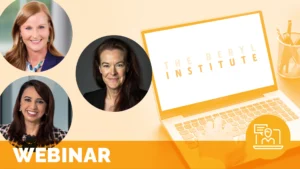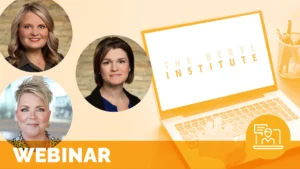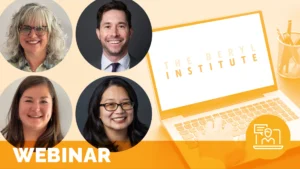Talk about The Stuff That’s Killing Us – Bias in Healthcare Part 3

See healthcare through the eyes of sickle cell patient, Cheslie Johnson, and understand the need for discomfort and honesty from Dr. Ron Wyatt. Dr. Ron Wyatt finishes this three-part podcast series with an eye-opening conversation concerning what really needs to take place if we commit to changing healthcare for everyone. Joining Dr. Wyatt is Cheslie Johnson, sickle cell patient, who helps illustrate Dr. Wyatt’s points through her story. She was labeled a “drug seeker,” despite narcotics being the standard of care for managing her disease.
Related content
-
 Culture & Leadership | Staff & Provider Engagement
Culture & Leadership | Staff & Provider EngagementShaping a Human-Centered Patient Experience Across Interdisciplinary Teams
Patient experience directly impacts patient wellbeing and care outcomes, as well as the reputation of the hospital. But is the patient experience defined by the medical care alone? A recent deep-dive study on Voice of the Patient Data highlights the fact that 53% of patients’ feedback focuses on the medical care and teams. The study
Learn more -
 Culture & Leadership | Staff & Provider Engagement
Culture & Leadership | Staff & Provider EngagementReal-Time Coaching & Feedback: At-The-Elbow Support for Success
Unlock the power of coaching to inspire, engage, and gain buy-in from your team. In this interactive webinar, you’ll hear from nursing and physician leaders on how they leveraged practical coaching techniques to build trust, foster accountability, and align your team around shared goals. Discover strategies to overcome resistance, communicate with influence, and create a
Learn more -
 Culture & Leadership | Infrastructure & Governance | Staff & Provider Engagement
Culture & Leadership | Infrastructure & Governance | Staff & Provider EngagementOwnership at the Frontline: Innovating an Experience Champions Program
Many patient experience teams are small, and it’s hard to do it all. Having an “Experience Champs” program allows us to have multiple hands with one voice influencing all locations. Experience Champs are made up of frontline staff members who are chosen by their leaders as passionate role models. During the last five years, the
Learn more
